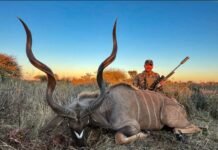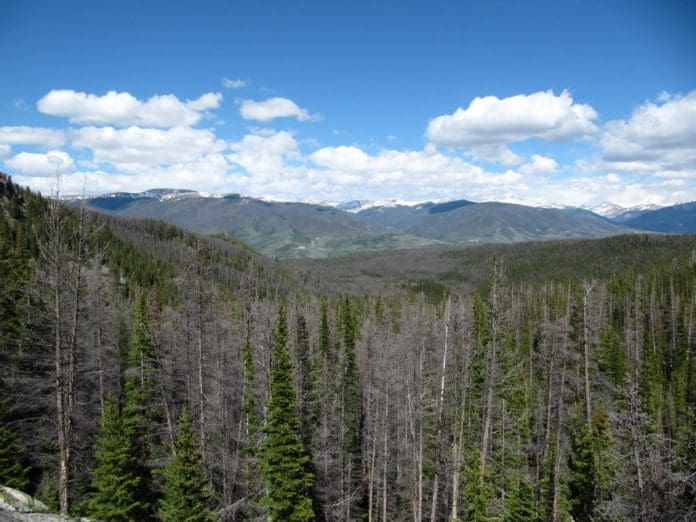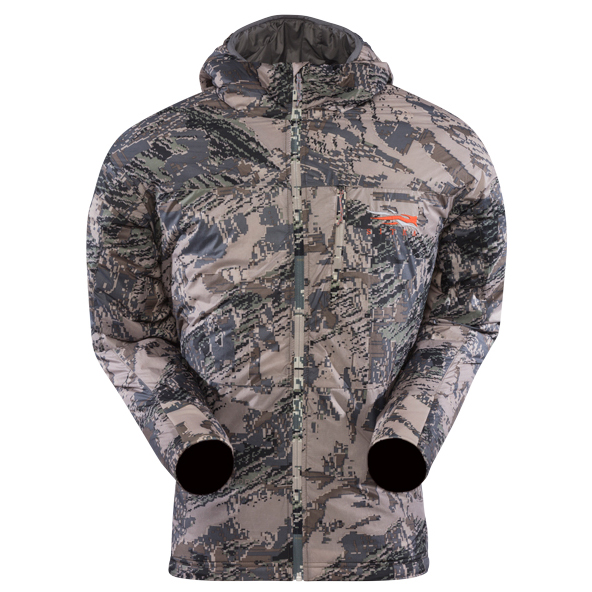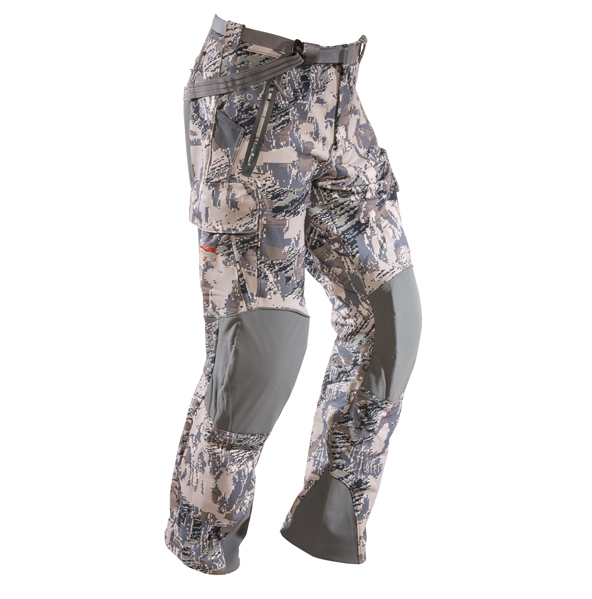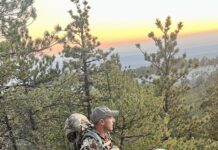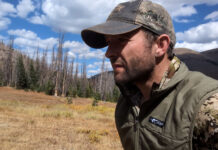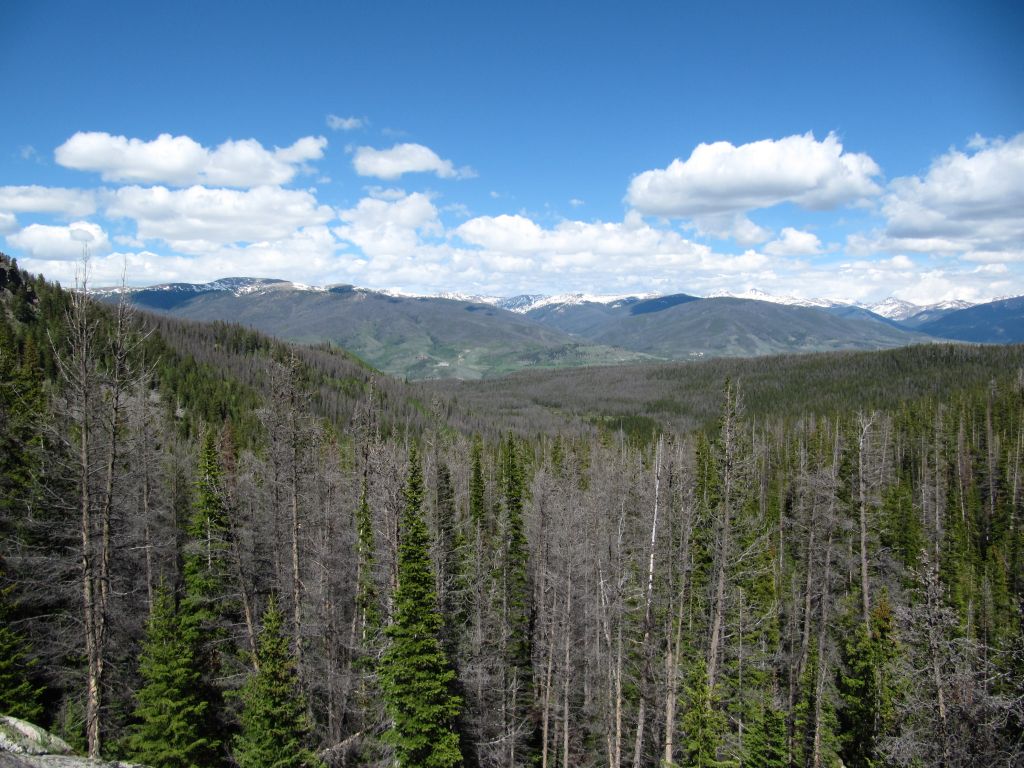
OTC Scouting with Sitka Gear
By Les Welch, Rokslide Prostaff
How bad do you want it? Living 1000+ miles away from your hunting destination can present a challenge trying to locate those “honey” holes that will consistently produce bucks and bulls. With today’s internet capabilities and social media outlets, there is a lot of information readily available. That being said, the focus of this article is going to be OTC….no not over the counter tags. I’m talking about getting Off The Couch and Out of The Chair.
Most of us have heard the saying “10% of the hunters kill 90% of the game”. I believe that’s a pretty fair assessment. I also believe that actual scouting and research is at a similar level. I see four types of hunters. In my estimation the first group is about 15% of the hunters, they do zero or very little scouting and research. The second group is the majority, around 65% probably do some internet research, talk to people they know, maybe make a couple phone calls. The third group, about 10%, is really dedicated. They make the phone calls to the biologists, the wardens, and the police officers. They talk to the mailman, the garbage collectors, and the energy companies who are out in the field. They study Google Earth (GE), comb over maps, scour the internet forums, and stalk Facebook like it’s the Spider Bull.
Then you have the remaining 10% or so, the fourth group. These guys are the Aaron Rodgers’ of the hunting world. They might not have the biggest or most bulls, but they have the drive. They have the want and the desire to go the extra mile to figure it out. More than anything they want to be successful. These guys consistently notch their tags.
So what does that fourth group do that takes them to the next level? They get off the couch and out of the armchair and quit looking at GE. There’s only so much we can really do staring at a computer screen from 1300 miles away. Just about all of us live somewhere within a few hours of metro airport. In the grand scheme of things airline tickets are really pretty cheap.
Early Summer Scout
So in mid-June 2015, I drove a couple hours and hopped a plane from Minneapolis to Denver, for well under $200 round trip. Packed inside my Kifaru T3 were my Sitka Merino Wool, Traverse base layer, Kelvin Lite Hoodie, Timberline Pants, and my crocs. I also had one of my tents packed. This all easily fit in the T3 and I was able to use it as a carry on. I was wearing jeans, Lowa Tibet’s, and a Sitka 90% jacket and Jetstream vest combo. I flew in on Thursday night and out on Sunday night. Back to work on Monday morning.
Upon arrival a buddy Sam picked me up at the airport and we started towards the mountains. We left the trailhead early the next morning, temps in the 50’s. I layered with the Merino wool and Timberline pants on bottom. 90% jacket and Jestream vest on top. During my GE scouting at home, I had created routes and waypoints which I uploaded to my GPS to check out once arriving. The waypoints consisted of benches, water sources, possible wallows, north facing slopes, old trails, etc. Anything and everything that looked like it could or would be worth investigating was noted. A lot of these I transferred over to my custom built topographical maps. Once we got rolling we had a plan and it was easy to stick to.
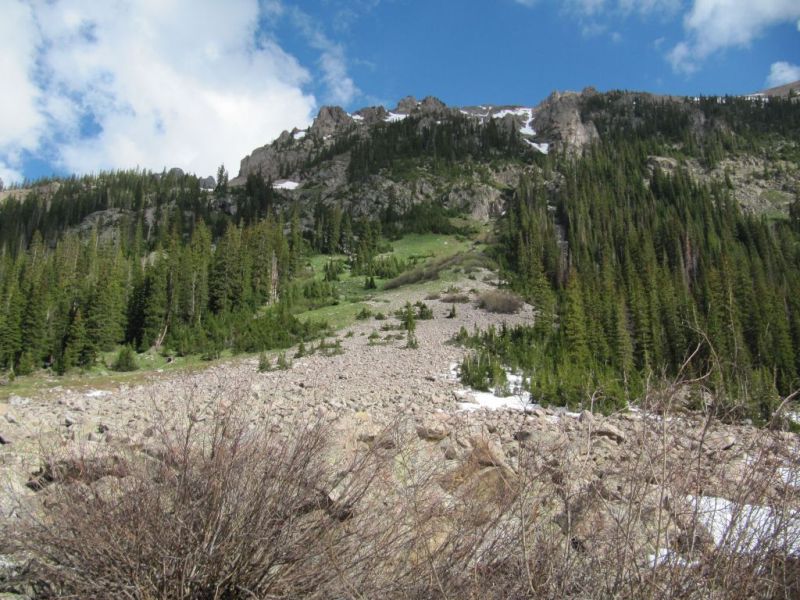
I know a lot of you are thinking “but it’s June and the elk won’t be where they will be in September?”, and you are correct. I don’t care if I see a single elk. I’m looking for old rut sign like rubs, wallows, trails, and “elky” looking areas. Once I find (or don’t find) these, I know what a particular area has to offer.
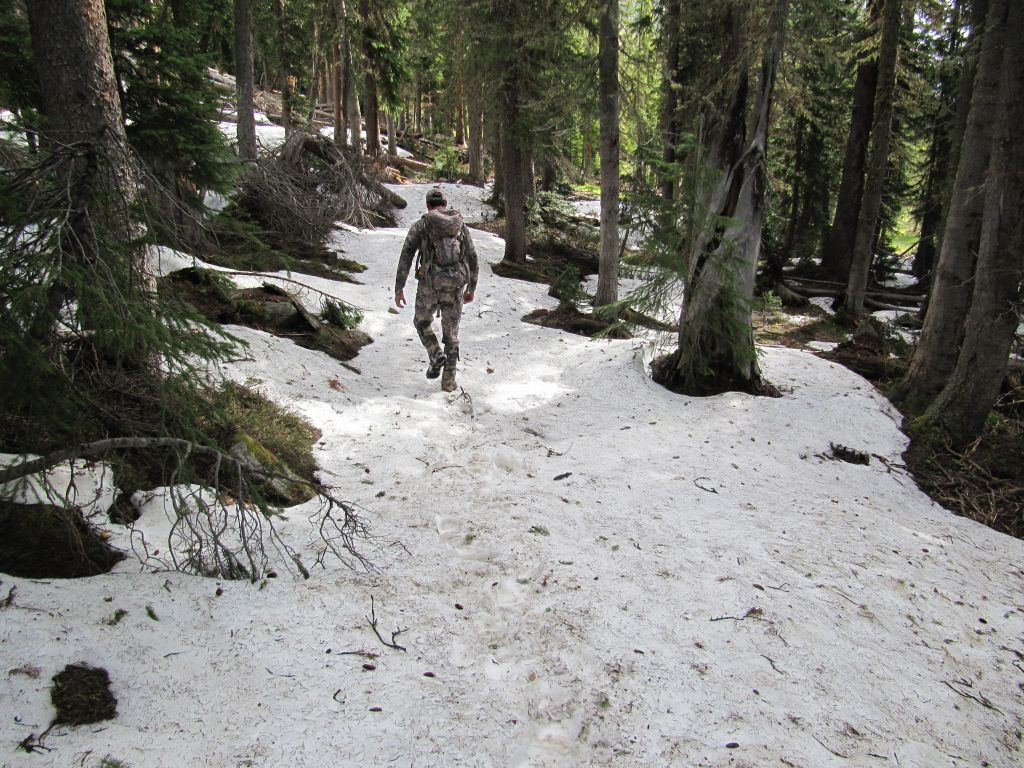
Once we got rolling it didn’t take long for my core temperature to start climbing. The layering capability that Sitka has designed is one of the main factors for me in the way I hunt. In less than a minute I was able to drop my pack, take off the vest and Traverse, and be back moving again. Sometimes it’s as simple as opening a pit zip at first. As we gained elevation the air temp was dropping and the snow was starting to appear here and there. It gradually went from nothing to sporadic patches, to constant snow. With the hours and miles starting to tick by I was looking over the ground I had scoured from afar. Crossing spots off the map, making notes, and comparing how things looked on the ground to what they did on the computer screen.
We broke into a good sized meadow that had a couple of old avalanche chutes leading into it. With darkness only a couple hours away we decided to set up our camp here. Enjoying a beautiful view of high canyons around us we set up our tents. Although we had quit hiking and dropped our packs only a few minutes earlier I was starting to get chilled. The sun was behind the mountain and the air temperature was dropping rather quickly. It was definitely time for that Kelvin Lite Hoodie. I pulled it on then filtered some water as Sam gathered firewood. With camp set, we decided it would be nice to sit back around a warm fire and enjoy what we had all around us.
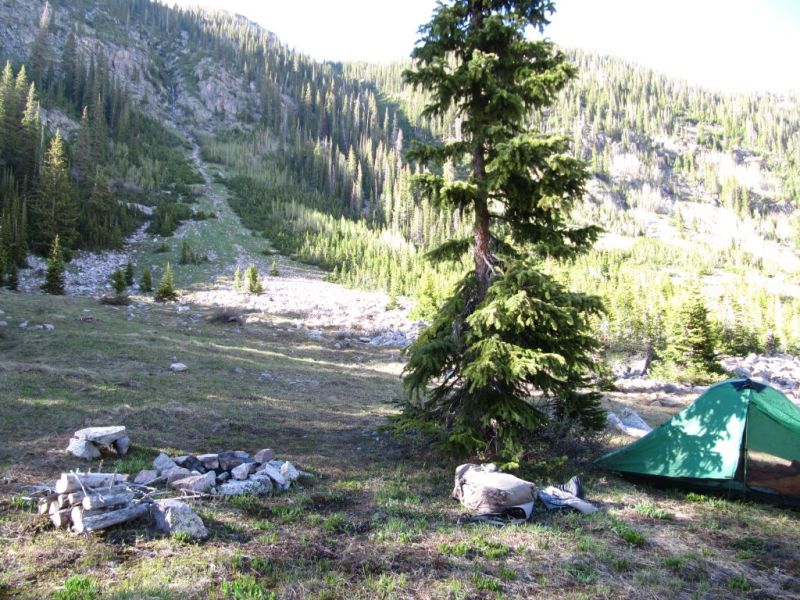
With the fire roaring, winter fading away, and the Mountain House meals rehydrating, no words needed to be spoken. We were truly in awe of the spectacular beauty that surrounded us. With our plan set for the following day and the darkness closing in all around us, we headed for our tents. Leaving the tent flys open all night afforded us with a beautiful star filled night to capture our attention whenever we happened to awake through out the night.
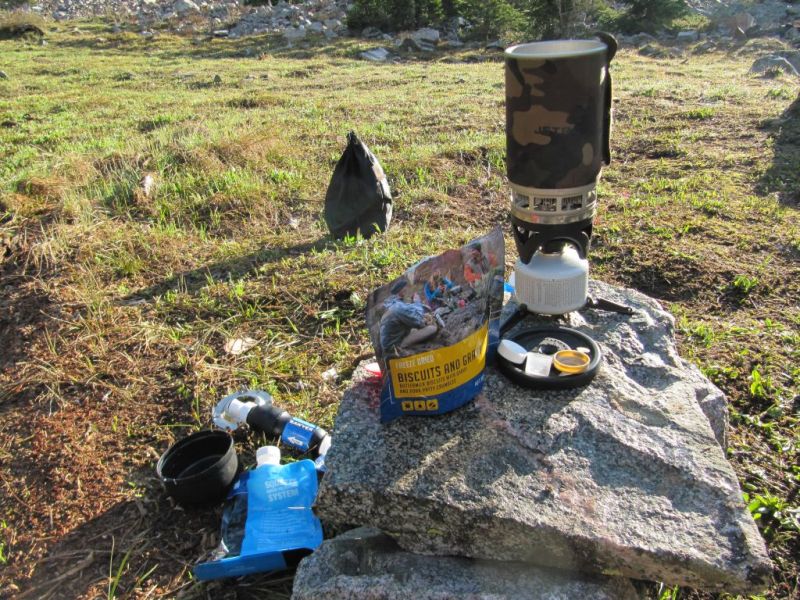
Morning brought hunger and I was ready to eat, it was one of the very rare times though that I could lay in the sleeping bag and not have to be up and getting dressed in the cold darkness of pre-daylight hunting hours so I enjoyed the extra time snuggled up watching the mountains awake. Finally the hunger outweighed the warmth of the sleeping bag. I fished around with my arms in the bottom of the bag and rounded up my Merino top, bottom, and socks. Unzipping the bag I quickly got into the wool, the Mountain pants, and Kelvin Lite. With boots laced up we had a quick breakfast and headed up the drainage towards the pass. In less than a mile we were into knee deep snow and had seen everything we needed to. It was time to break camp, pack out and look over some other points of interest I had on the map.
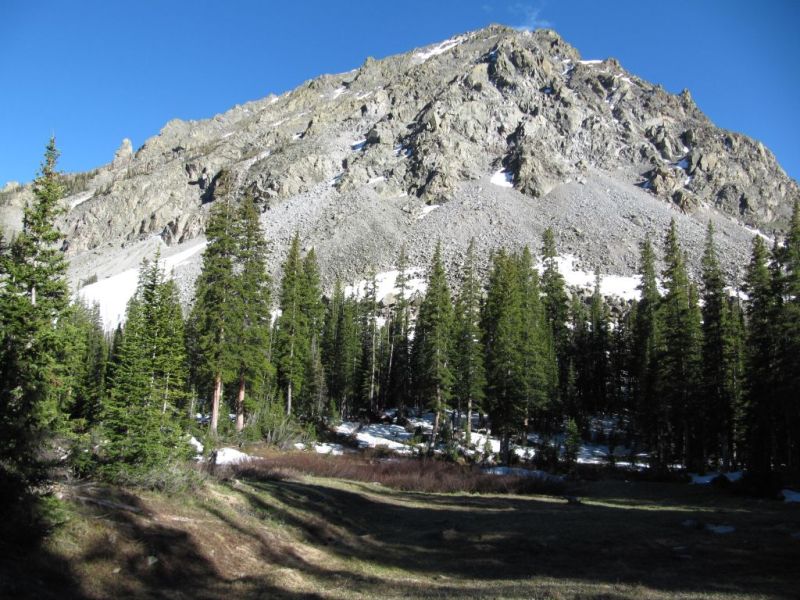
….Three Months Later
I’m in Montana, and in the midst of a big early season snow storm. My elk hunting buddy and I had done some research via GE and the internet, but we didn’t have any boots on the ground prior to this hunt. The hunt wasn’t going well, we weren’t seeing or hearing elk or even elk sign. Five days into the hunt, the decision was made to pull stakes and make the move to Colorado to that OTC unit that I had gotten Off The Couch for back in June. We drove through the night and arrived in Colorado early the following morning. After washing the Sitka gear, replenishing food, and getting repacked, we were headed up the mountain. Once our camps were set-up we said good luck and headed our separate ways.
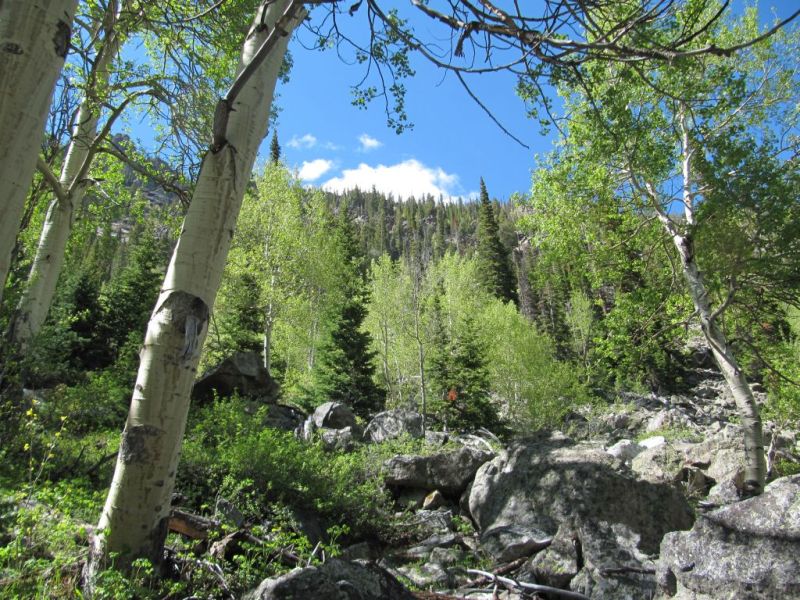
Back in Colorado, where we should have gone in the first place
In the next four hours before the sun set, we had five bulls and four cows within 75 yards and had passed on two of the bulls and all of the cows! Although that June scouting trip hadn’t produced anything that I really thought was worth hunting, it did allow me to cross off a big chunk of land that I had been wondering about for a few years. This saved us a precious few hunting days and allowed us to focus on this area that we did hunt, and wound up having a great hunt in, but that’s another story!
Final Gear Review
New for this year I was able to get my hands on a Kelvin Lite Hoodie. I absolutely fell in love with this garment filled with 80grams of Primaloft Insulation. The four-way stretch side panels and the hood definitely make this one of my favorite pieces of gear. If you are a rifle hunter or a high mountain glasser, this can be used as an outer piece. Otherwise it’s a bit too noisy and should be used as an under layer. It’s great for sitting around camp trimming up that cape.
The Kelvin Lite Hoody
I’ve been using a 90% jacket for a number of years. I opted to test out the Jestream this year. I generally wore this over the Merino wool and Traverse Tops, and under the Jetstream Vest. As the heat of the day increased I would store the Vest and Traverse. I would spend the majority of the day in my Merino top and Jestream Jacket. The four-way stretch polyester is athletically cut so it was a great form fit and there was never any bulk or congestion while turning, twisting, or bending. Having a diaphragm in the built in forearm pocket and handy chest pockets for my rangefinder make this the ultimate archery elk hunting jacket. A light fleece insulation is just enough to keep you warm while moving along slowly and the full pit zips allow some air movement if you get a little to warm while aggressively working that bugling bull.
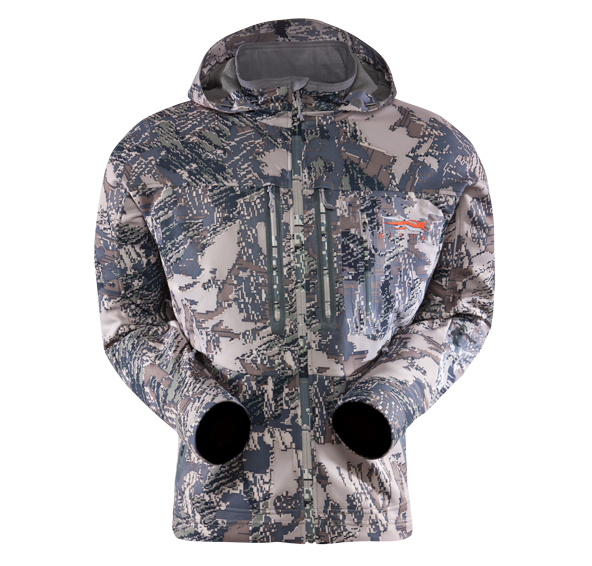
The Jetstream Jacket
Like the above jacket, I’ve been wearing the 90% Pant or Mountain Pant for a number of years. This year I elected to go with the Timberline as my “A” pant and run it through the ringer. In the aforementioned scouting trip I had a chance to use the double reinforced waterproof seats as there were few dry places to sit. It was nice to be able to just sit down and not worry about being soaked. This was the same for Montana as it either snowed or rained for five miserable days in a row. I was able to stay dry, but everything else was soaked or frozen. For a mule deer, antelope, or open country style stalking hunt, the knee pads would be a great asset. For my heavily timbered mountain hunting I opted to remove the pads. The heavily patterned knees allowed a huge range of movement, yet they fit almost like they were tailored. Plenty of pockets to store all the necessities we need. This pant was definitely well thought out!
The Timberline Pant
The gear I used worked perfect as a system together. Layering made the wide swing of weather and temperature totally doable without overheating or getting cold. Sitka offers a great tool on the Sitka website called System Builder. This is a step-by-step process you go through and answer questions about your hunt. It narrows down the system for you to use and gives you the best options for your hunt style. Click here to explore your own system.
All in all I was very happy with the Sitka gear. Once again they helped get me through a long, tough, sometimes miserable season. The fit and function allowed me to spend more time hunting and less time at camp. Feel free to contact me anytime for specific questions or thoughts you might have.
You can ask Les questions or discuss this article here








